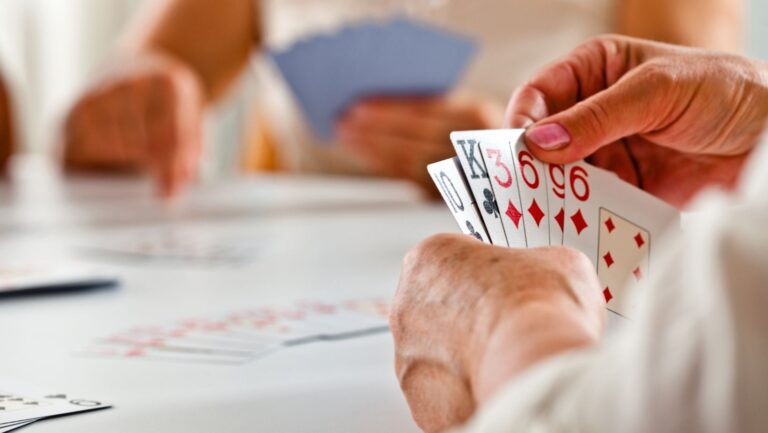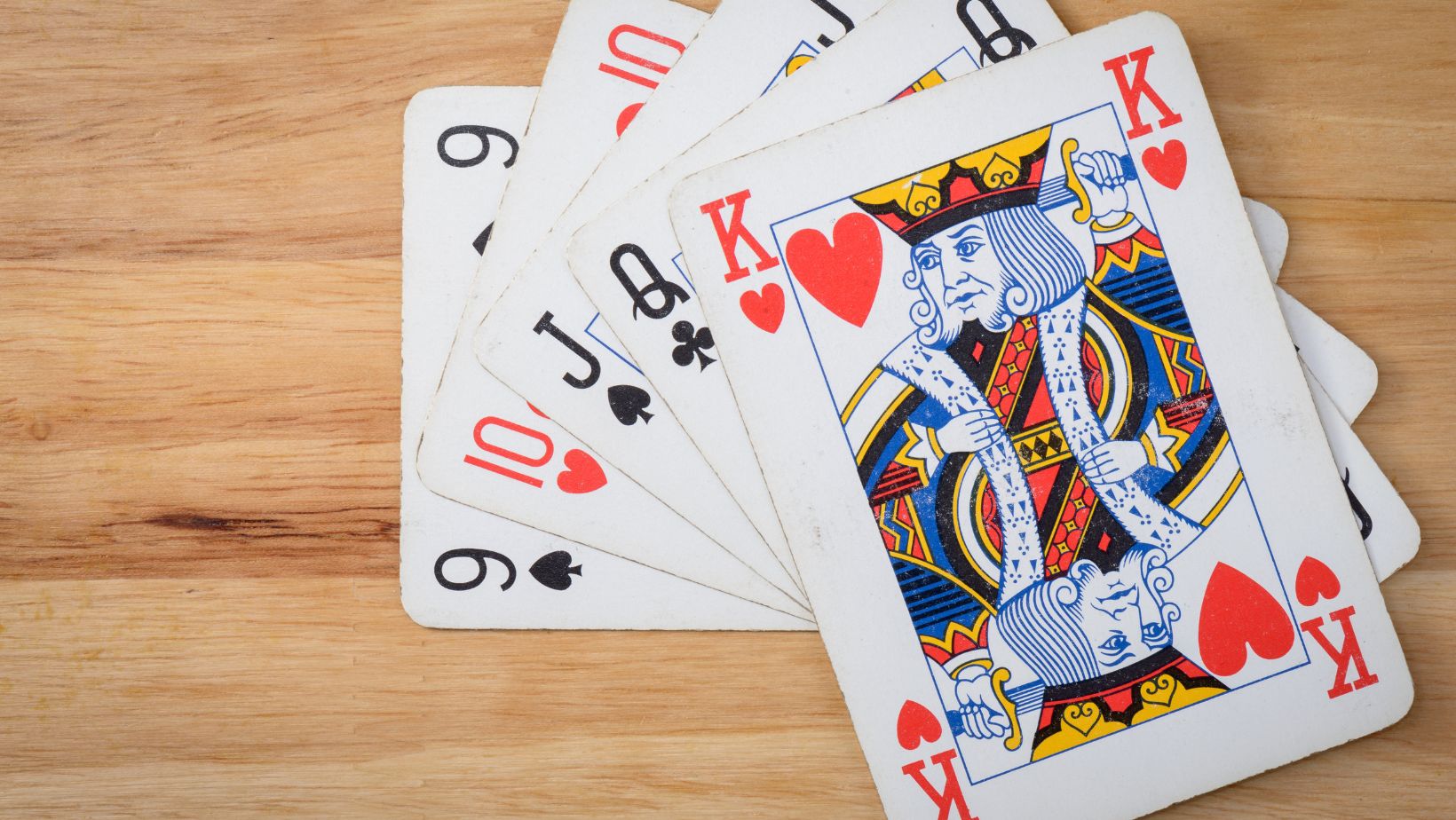In any form of one-on-one competition, from the highest levels of combat sports to the quiet intensity of a high-stakes card game, victory often hinges on a single, powerful element: deception. The ability to mislead an opponent—to make them believe you are strong when you are weak, or that you will zig when you intend to zag—is a critical and often beautiful skill. It transforms a simple contest of strength or probability into a complex psychological battle—a game of minds where the athlete or player who controls the narrative often controls the outcome.
The bluff, in all its forms, is the ultimate expression of this art. It’s a strategic lie designed to provoke a specific, predictable error from your opponent. While we most commonly associate it with poker, the core principles of deception are universal, appearing in any competitive endeavor where information is incomplete.
The Psychology of the Bluff: Why Deception Works
A successful deception isn’t magic; it’s a calculated exploitation of human psychology. It works by manipulating the opponent’s perception of reality and forcing them to make decisions based on false information. The goal is to create a gap between what your opponent thinks is happening and what is actually happening.
This mental game is the essence of high-level strategy. It requires a deep understanding of risk, reward, and human tendencies. This is a fundamental aspect of strategy explored across various competitive analyses presented by top gambling platforms (like https://nvcasino-pl.pl/pl), which delve into the art of gaining an edge through superior information management and psychological play. By comparing the physical bluff of a fighter with the mental bluff of a card player, we can uncover the common threads that define the art of deception.
Deception in the Octagon: The Physical Bluff
In a sport like Mixed Martial Arts (MMA), deception is written in the language of the body. A fighter’s primary weapons are not just their fists and feet, but the feints and false signals they send to their opponent to create openings.
The Feint: The Question That Demands an Answer
A feint is a simulated attack designed to draw a reaction. A fighter might feint a jab to the head, causing the opponent to raise their guard, which in turn exposes their body for a powerful kick. Or they might fake a takedown attempt, forcing the opponent to lower their stance, leaving them vulnerable to an overhand right. The goal is to condition the opponent to react to a threat that isn’t real, creating an opening for the one that is.
Stance Switching: The Confusion Tactic
Switching between an orthodox (left foot forward) and southpaw (right foot forward) stance can confuse an opponent, disrupting their defensive rhythm and creating new angles of attack that they are not prepared for. It forces the opponent to constantly re-calculate distances and defensive postures, leading to mental fatigue and errors.
The Possum: Feigning Weakness
A more subtle and risky form of deception is to appear more tired or hurt than you actually are. This can lure an opponent into a false sense of security, causing them to become reckless and over-aggressive in pursuit of a finish. At that moment of recklessness, the “injured” fighter can launch a powerful, fight-ending counter-attack. This is a high-risk, high-reward strategy that relies on impeccable timing.
Deception at the Card Table: The Psychological Bluff
At a poker table, the deception is almost purely psychological. Since you cannot see your opponent’s cards, you are forced to play based on the “story” they are telling with their actions.
The Continuation Bet (C-Bet): Continuing the Story
This is one of the most common bluffs in poker. A player who raises before the flop (showing strength) continues to bet on the flop, regardless of whether the community cards have helped their hand or not. The bet continues the story that they have a strong hand, often forcing opponents with marginal holdings to fold without a fight.
Bet Sizing: The Volume of the Voice
The size of a bet can be a powerful deceptive tool. A small, seemingly weak bet can induce a bluff from an aggressive opponent, allowing you to trap them when you hold a monster hand. Conversely, a large overbet can be used to represent immense strength, forcing an opponent off a better hand, or it can be used with a monster hand to look like a bluff and get a “crying call” from a skeptical opponent.
Table Talk and Body Language: The Theatrics
While less common in the modern, analytical era, some players still use “speech play” and deliberate body language to mislead their opponents.
Acting weak when strong, or strong when weak, can influence an opponent’s decision-making process if they are susceptible to such tells. It adds a layer of theatricality to the mental warfare.
The Universal Principles of a Successful Deception
Whether you are in a cage or at a card table, a successful act of deception relies on the same core principles. These are the fundamental elements that make a bluff believable and effective, separating a masterful strategist from a reckless gambler.
The following list breaks down these universal rules:
- It must tell a coherent story. A bluff doesn’t work in a vacuum. Your actions leading up to the bluff must be consistent with the strong hand you are trying to represent. A fighter who has been throwing jabs all fight can more convincingly feint a jab. A poker player who has been playing aggressively can more convincingly represent a monster hand.
- It must target a credible opponent. You can’t bluff someone who isn’t paying attention or who is incapable of folding. In MMA, a feint has no effect on a reckless brawler who just charges forward. In poker, you can’t bluff a “calling station”—a player who will call any bet regardless of the situation. A successful bluff requires an opponent who is thoughtful enough to be deceived.
- It must be used sparingly. If you bluff too often, you lose all credibility. Your deceptions become predictable, and your opponents will stop believing your story. The power of a bluff lies in its uncertainty. Like a weapon, it is most feared when its use is a possibility, not a certainty.
- It must be a calculated risk. A good bluffer always considers the risk versus the reward. What do I gain if this works? What do I lose if it fails? Deception should be employed when the potential reward of winning the pot or creating a fight-ending opening justifies the risk of being caught.
These principles are not just a checklist; they are a mindset. Mastering them requires a deep understanding of both the game’s mechanics and the psychology of your opponent. The art of deception is what elevates a simple contest into a true battle of wits. It demonstrates that victory is not always achieved through overwhelming force or superior luck, but through superior intellect and psychological fortitude. The ability to understand an opponent’s mind, anticipate their reactions, and construct a believable false narrative is one of the highest and most fascinating skills in any competitive domain. It reminds us that what we think we see is often only half the story, and the real game is the one being played in the mind.





